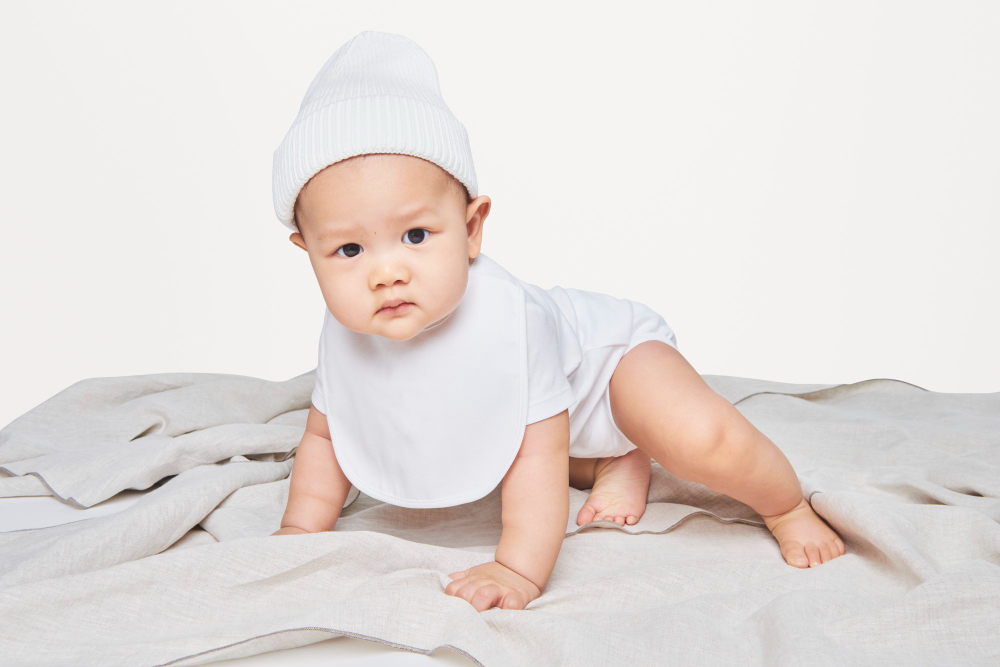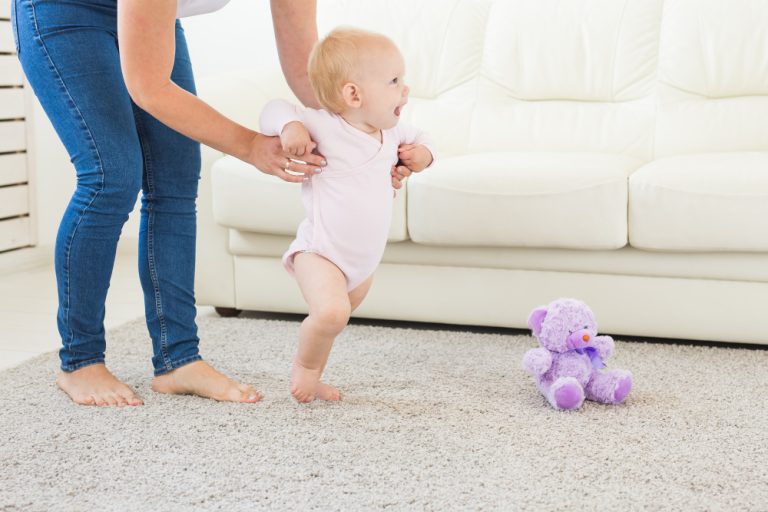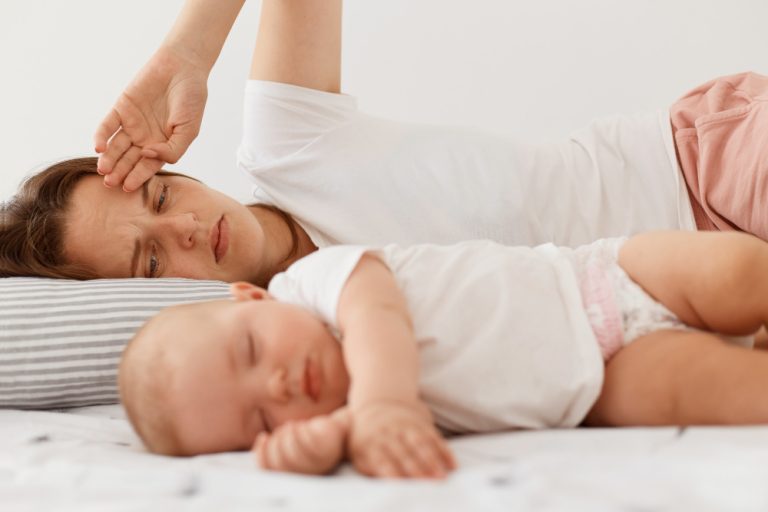Do Babies Have Knee Caps? The Science Behind Baby Knee Caps
Have you ever wondered if babies come into the world equipped with knee caps, or is it a gradual process of development? Do babies have knee caps, has been a burning question all this time. The science behind baby knee caps unveils a fascinating journey of infant skeletal evolution. As parents, caregivers, or simply curious minds, understanding this pivotal stage of baby growth can be both enlightening and reassuring.
The journey to unlock the mystery of do babies have knee caps promises to be an eye-opening adventure into the realm of infant development. Join us as we navigate through the captivating science behind this fundamental aspect of baby anatomy.
Introduction to Baby Knee Caps
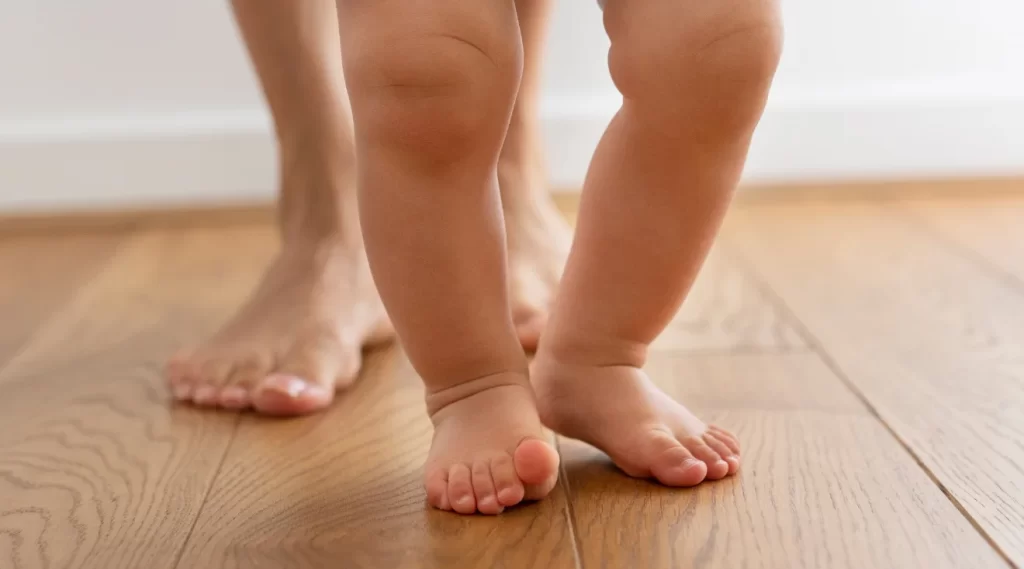
Babies are undeniably fascinating creatures, capturing our hearts with their adorable features and tiny movements. As parents and caretakers, we often observe their growth and development with curiosity and wonder. One intriguing aspect that frequently sparks our interest is the existence of baby knee caps.
Do babies have knee caps at birth, or is it a gradual process of development? Understanding the science behind this phenomenon is crucial for comprehending infant skeletal development as a whole.
The importance of baby knee caps extends beyond mere curiosity. By delving into the world of knee cap formation, we gain valuable insights into the intricate journey of infant growth. Skeletal development in babies undergoes several stages, and comprehending this process is essential for their overall well-being.
So, let’s dive into the science behind baby knee cap development and unearth the truth behind this captivating topic.
Skeletal Development in Infants

During the early stages of a baby’s life, their skeletal system undergoes remarkable transformations to support their growth and development.
Here’s a brief overview of how a baby’s skeletal system progresses:
Formation of Bones
- At birth, a baby’s skeleton is primarily composed of cartilage.
- Over time, this cartilage gradually transforms into bone through a process called ossification.
- Ossification involves the deposition of minerals, such as calcium and phosphorus, which strengthen and harden the bones.
Growth of Bones
- As the baby grows, their bones continuously lengthen and broaden.
- This growth occurs at the ends of the bones, where specialized areas called growth plates are located.
- The growth plates allow for an increase in bone length and contribute to the overall growth of the baby.
Development of Joints
- Joints play a crucial role in facilitating movement and flexibility.
- In infants, joint development starts with the formation of rudimentary joint structures made of soft tissues.
- As the baby grows, these structures develop into more intricate joints that enable crawling, walking, and other physical activities.
Understanding the process of skeletal development in infants provides valuable insights into the overall growth and well-being of babies. It emphasizes the importance of proper nutrition and activities that support bone health during this critical period of development.
The Science Behind Knee Cap Development

During the fascinating journey of infant development, the formation of knee caps holds its own unique intrigue. Contrary to popular belief, babies are not born with fully developed knee caps. Instead, these vital skeletal structures gradually take shape over time.
The process of knee cap development begins during the first few months of fetal growth. At this stage, a cartilaginous structure known as the patella starts to form. As the baby continues to develop, this cartilage undergoes mineralization, where calcium deposits gradually harden the patella into a solid bone.
The timeline for knee cap appearance varies among infants, but generally, parents can expect their baby’s knee caps to fully develop and harden by the age of 2 to 6 years old. It’s important to note that there may be individual differences, and some children may reach this milestone earlier or later.
Supporting the healthy development of knee caps involves providing opportunities for movement and physical activity. Engaging in age-appropriate exercises, such as crawling, walking, and climbing, can stimulate the growth of muscles and bones, including the knee caps.
Remember, every child is unique, and the timeline for knee cap development may vary. However, by understanding the science behind knee cap formation and promoting an active lifestyle, parents can play a vital role in supporting their baby’s musculoskeletal development.
Myth vs. Reality: Do Babies Have Knee Caps at Birth?
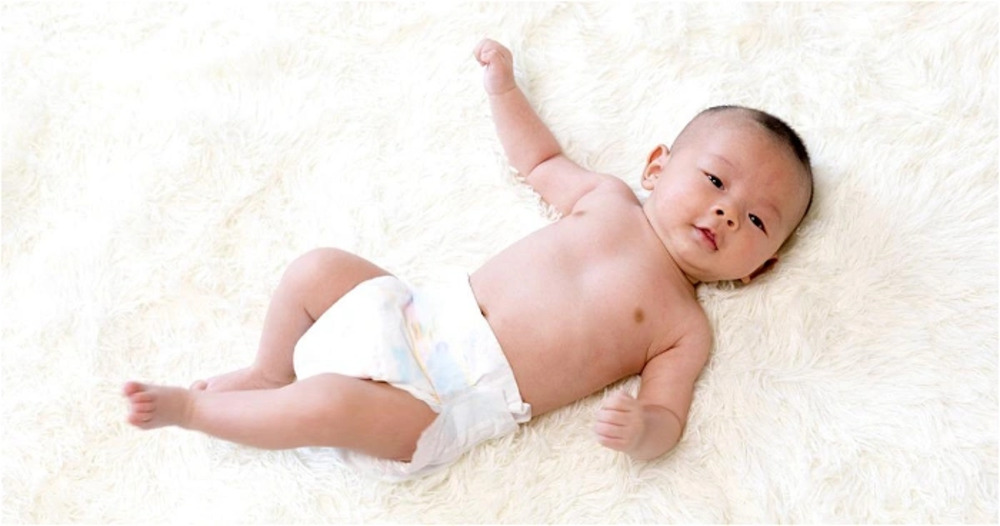
The belief that babies are born with fully developed knee caps is a common misconception. In reality, infants do not have complete knee caps at birth. Instead, their knees consist of cartilage and soft tissues.
Over time, as a part of their natural development, the knee caps gradually form and harden. This process typically occurs between the ages of 2 to 6 years. It’s important to understand this timeline and not be alarmed if you don’t feel a fully formed knee cap in your baby’s knee.
Trust in the natural course of their growth and development, and consult with your pediatrician if you have any concerns about their knee cap development.
The Timeline of Knee Cap Development

As parents, it’s natural to wonder when babies’ knee caps fully develop and harden. Understanding the timeline of knee cap development can help us support our little ones’ growth.
Babies are not born with fully developed knee caps. At birth, their knee joints are composed of soft cartilage, which gradually ossifies or hardens over time. This process typically begins around 3 to 6 months of age and continues throughout infancy.
By the age of 1, most babies have formed knee caps. However, it’s important to note that the ossification process is unique to each child, and some variations in development may occur. Factors such as genetics, nutrition, and physical activity can impact the timeline.
To support healthy knee cap development, encourage your baby to engage in activities that promote crawling, standing, and walking. These movements help strengthen leg muscles and stimulate the growth of knee caps. Providing a safe and stimulating environment for exploration and play can contribute to the natural progression of knee cap development.
Remember, every baby develops at their own pace. If you have any concerns about your child’s knee cap development or overall growth, it’s best to consult with a pediatrician.
Supporting Knee Cap Development
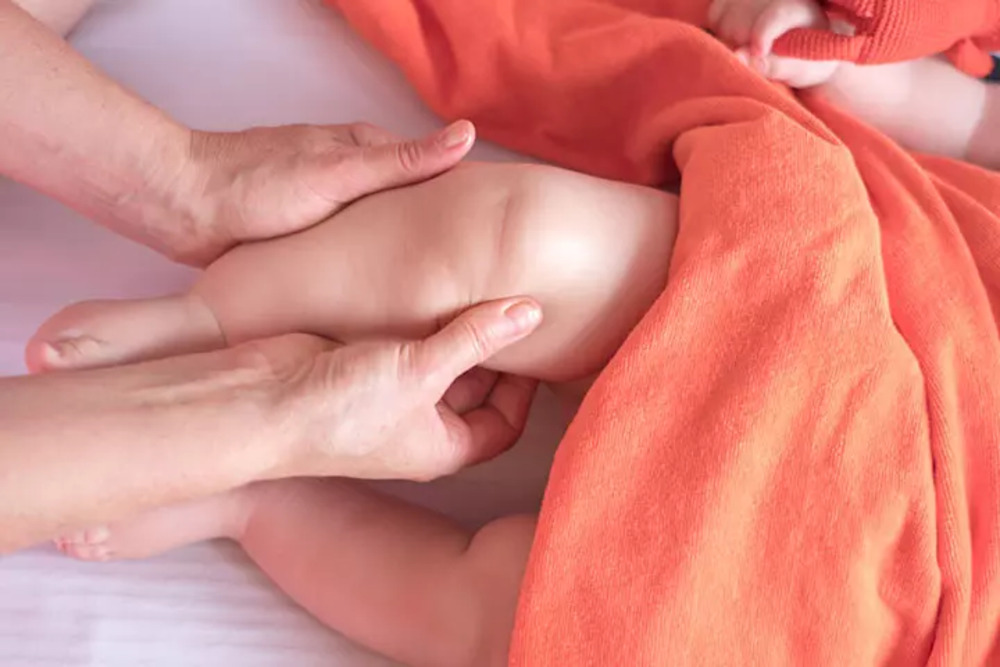
When it comes to supporting your baby’s knee cap development, there are several activities you can incorporate into their daily routine. These activities not only encourage healthy growth but also aid in strengthening the muscles surrounding the knees.
Here are some tips and insights to support your baby’s knee cap development:
1. Tummy Time
- Regular tummy time allows your baby to strengthen their core muscles, including those in the legs and knees.
- Place a soft blanket on the floor and lay your baby on their stomach for short periods throughout the day.
2. Encourage Crawling
- Crawling helps in developing and strengthening the muscles in the legs, including the knees.
- Create a safe and obstacle-free environment where your baby can freely explore and crawl.
3. Gentle Exercises
- Engaging in gentle leg exercises, such as bicycling movements, can help enhance knee flexibility and strength.
- Carefully move your baby’s legs in a cycling motion while they lie on their back.
4. Provide Support
- As your baby starts pulling themselves up and standing, make sure to offer support by holding their hands or using a sturdy baby support device.
- This assists in building leg and knee strength.
Remember, each baby develops at their own pace, so be patient and provide a nurturing environment that encourages physical activity. Supporting your baby’s knee cap development promotes healthy growth and prepares them for their exciting journey of mobility.
The Final Note: Do Babies Have Knee Caps?
To sum up, the journey through the science of baby knee cap development has shed light on the remarkable process of infant skeletal evolution. By understanding the gradual formation of knee caps in babies, we have gained valuable insights into the intricate nature of infant growth.
The question “do babies have knee caps” has been explored and answered, dispelling any misconceptions and emphasizing the importance of providing opportunities for movement and physical activity to support healthy musculoskeletal development.
As parents and caregivers, comprehending this pivotal stage of baby growth equips us with the knowledge to promote an active lifestyle and ensure the well-being of our little ones as they undertake their captivating journey of growth and development.

